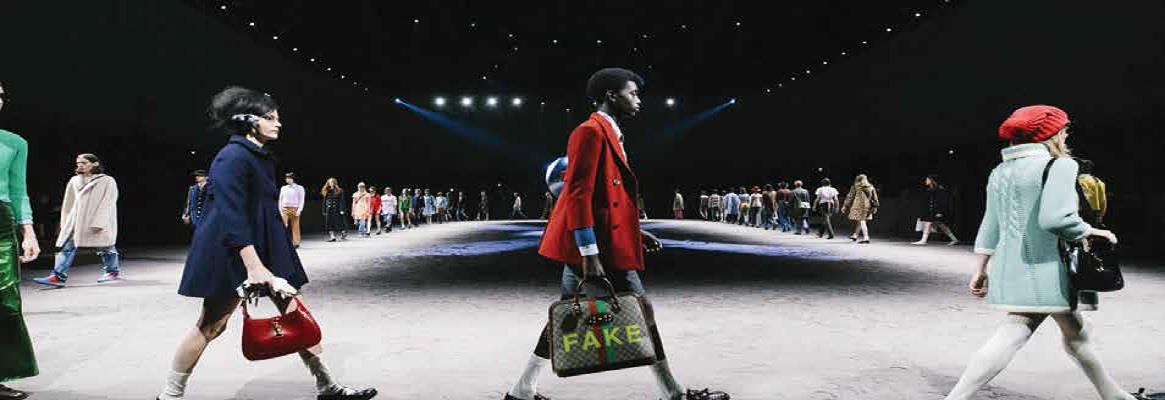Luxury brands need to redefine themselves to make sustainability a competitive advantage.
Why is sustainable luxury such a difficult topic to implement? First, luxury has to offer a unique experience, which in most cases, is done by outperforming other brands in the segment, in at least one area. For example, a luxury handbag may be available in a rare leather that requires specialised training to handmake the bag. I call these extreme performance points, and when things get extreme, it’s often difficult to produce or consume them in a truly sustainable fashion.
When we look at this from a different perspective, the dilemma becomes more pronounced. If we want to create a sustainable product—in all aspects—there is a good chance that the performance may suffer and that the product will no longer be identified as a real luxury. And a brand that is not perceived as luxury does not provide consumers with what I have described in my luxury management books as “Added Luxury Value,” such as social status, enhanced attractiveness, ultimate experiences, and an unforgettable treat. When these effects are missing, the willingness to pay such high prices decreases, and people walk away.
To read the complete article, order your copy of Sustainability Compendium now









Comments